Banks of Green Willow/Bonnie Annie (trad. Child 24, arr. by Craig)
Introduced by Moira Craig
This is of the Jonah ballad form, where it is bad luck for a woman to be on board ship. In this version, the captain’s pregnant lover seems to be the cause the ship is having problems and she is thrown overboard to die! The visual images in this ballad are amazing and to me the tune represents the sounds of the sea rising and falling. The words and tune can be found in Traditional Folksongs and Ballads of Scotland.
Listen to Moira Craig singing the tune. You’ll find the song lyrics beneath the notation below.
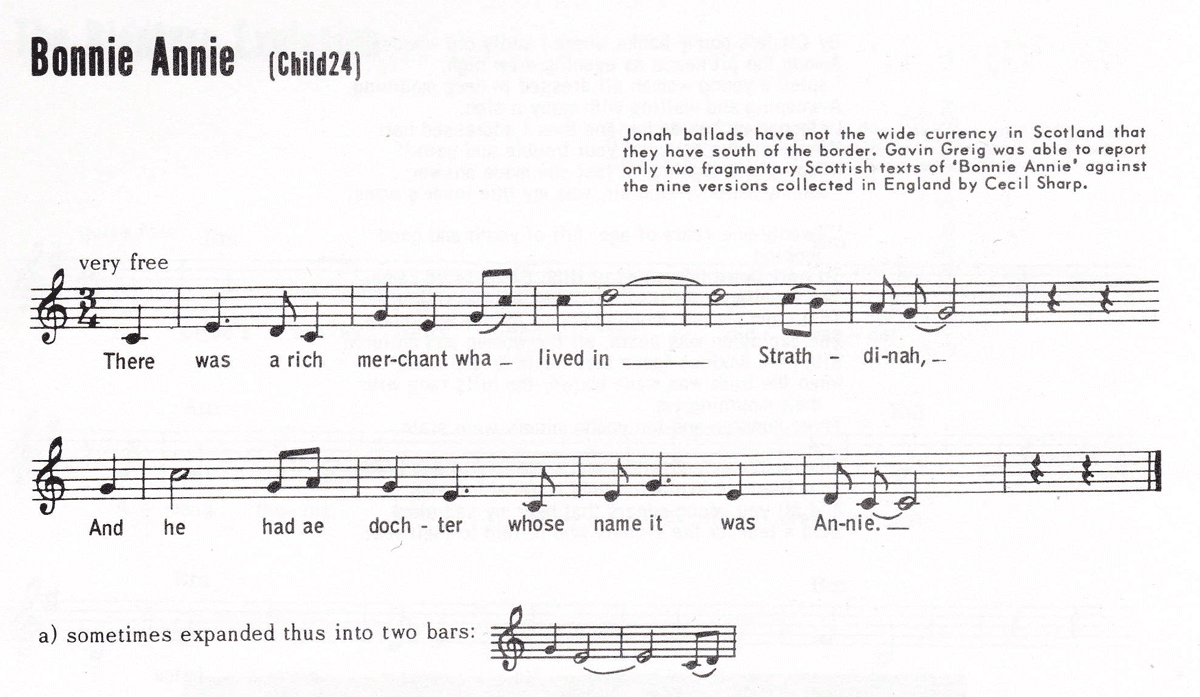
Lyrics:
There once was a merchant and he lived in Dumbarton
And he had a daughter and her name it was Annie
And there was a merchant and he came from Strathdinning
And he’s got this bonnie lass big, big wi bairnie
Oh ye’ll tak ship wi me and ye’ll be ma hinnie
What more can women dae than I can dae for ye
Well the hadnae been sailing a week, but scarcely ony
Whe she needed women and there wernae ony
Oh captain tak gold and captain tak money
And steer for the dry land for the sake o yer bairnie
Well how can I tak gold and how can I tak money
For there’s fay folk on the ship and she willnae steer for me
Then tak me by the fingers and lift me up hooly
And cast me overboard and have nae pity on me
So he’s taen her by the fingers and lifted her up hooly
And he’s thrown her overboard though she was his ain dearie
Oh see how she swims and see how she swaggers
And she’ll no leave off swimming till she comes tae some harbour
His love she was there when he came tae the dry land
She was lying there died on the cold sea strand
And her baby was born and lying at her feet
For the loss of his bonny love sair, sair did he greet
He’s caused mak a kist o the gowden sae yellow
And there all three lie sleeping on the banks o green willow
Moira Craig was born and brought up outside of Glasgow and her home was always full of singing and music—she never thought much about it, it was normal to her. While Scottish traditional songs are her main love, she’ll sing anything at the drop of a hat and hopefully will continue to do so till the day she dies.

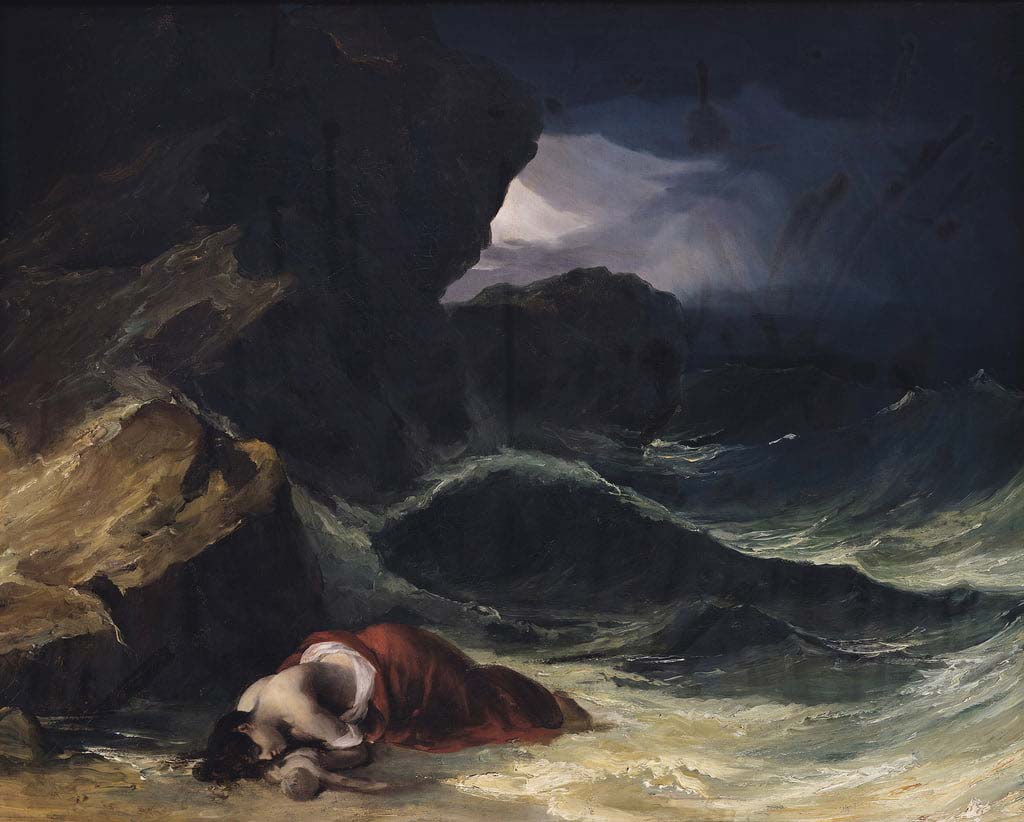
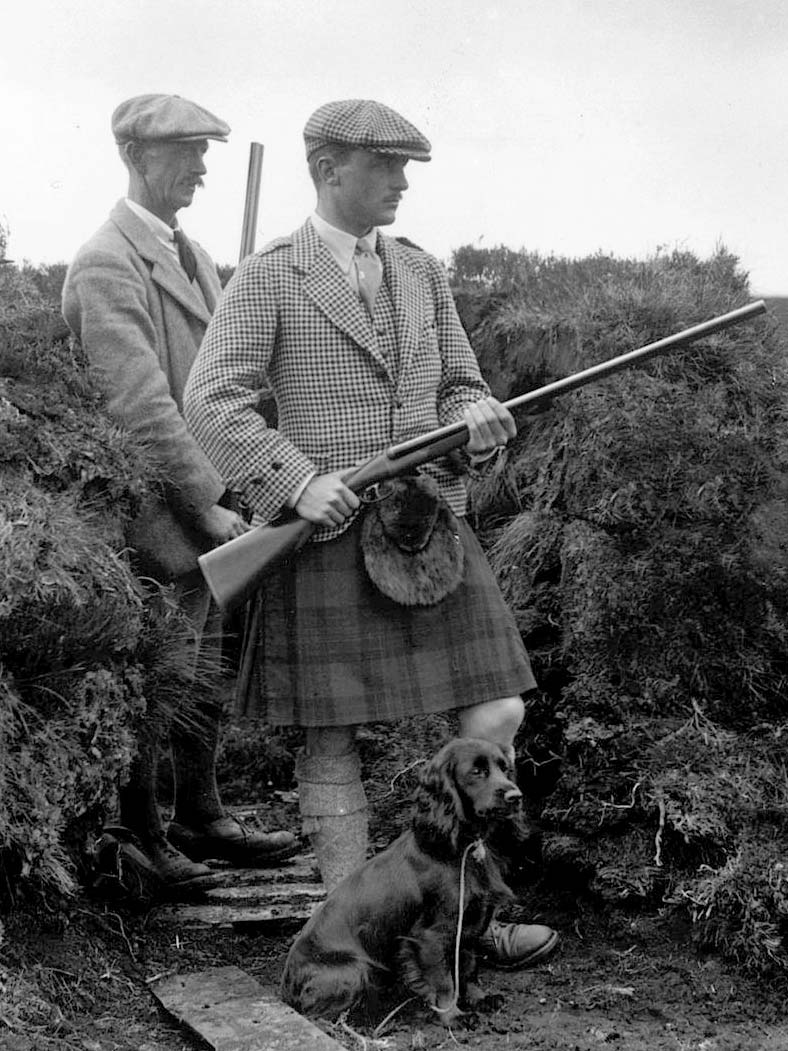
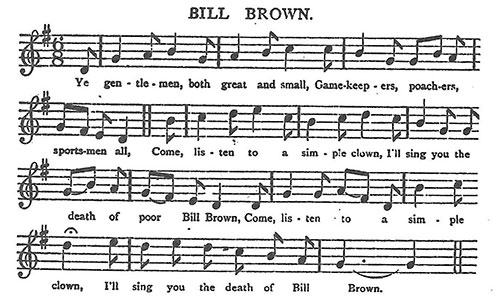 A ballad of poaching, revenge, and class warfare. Based on a true incident in Yorkshire in 1769, the story is set against the background of the “Enclosure Acts” (1760-1830). The Acts, which have been called acts of theft, caused common lands to be enclosed, to the benefit of the landlords and to the detriment of the common folk. The poacher, Bill Brown, was shot by a gamekeeper for exercising what would have been his rights before the acts. The poignance of the tale is that Bill Brown, The Gamekeeper, and the story teller (the avenger), knew each other, may have been friends, yet the gamekeeper carried out the task he was paid for. He shot Bill Brown.
A ballad of poaching, revenge, and class warfare. Based on a true incident in Yorkshire in 1769, the story is set against the background of the “Enclosure Acts” (1760-1830). The Acts, which have been called acts of theft, caused common lands to be enclosed, to the benefit of the landlords and to the detriment of the common folk. The poacher, Bill Brown, was shot by a gamekeeper for exercising what would have been his rights before the acts. The poignance of the tale is that Bill Brown, The Gamekeeper, and the story teller (the avenger), knew each other, may have been friends, yet the gamekeeper carried out the task he was paid for. He shot Bill Brown.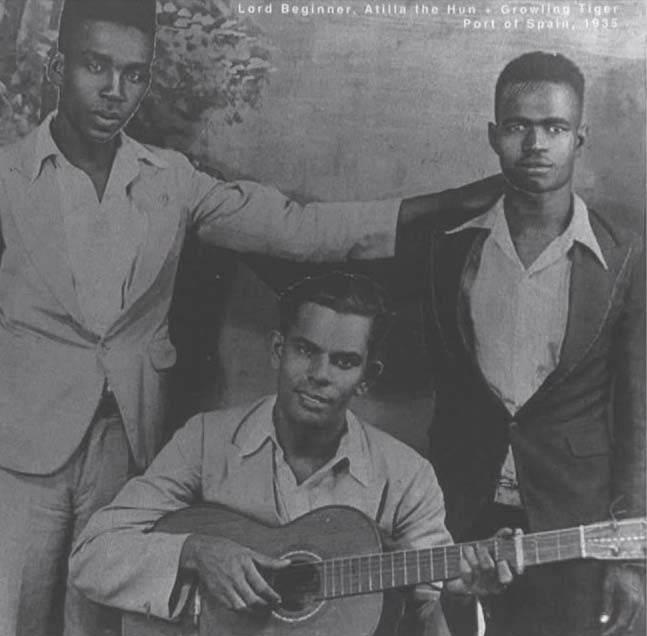
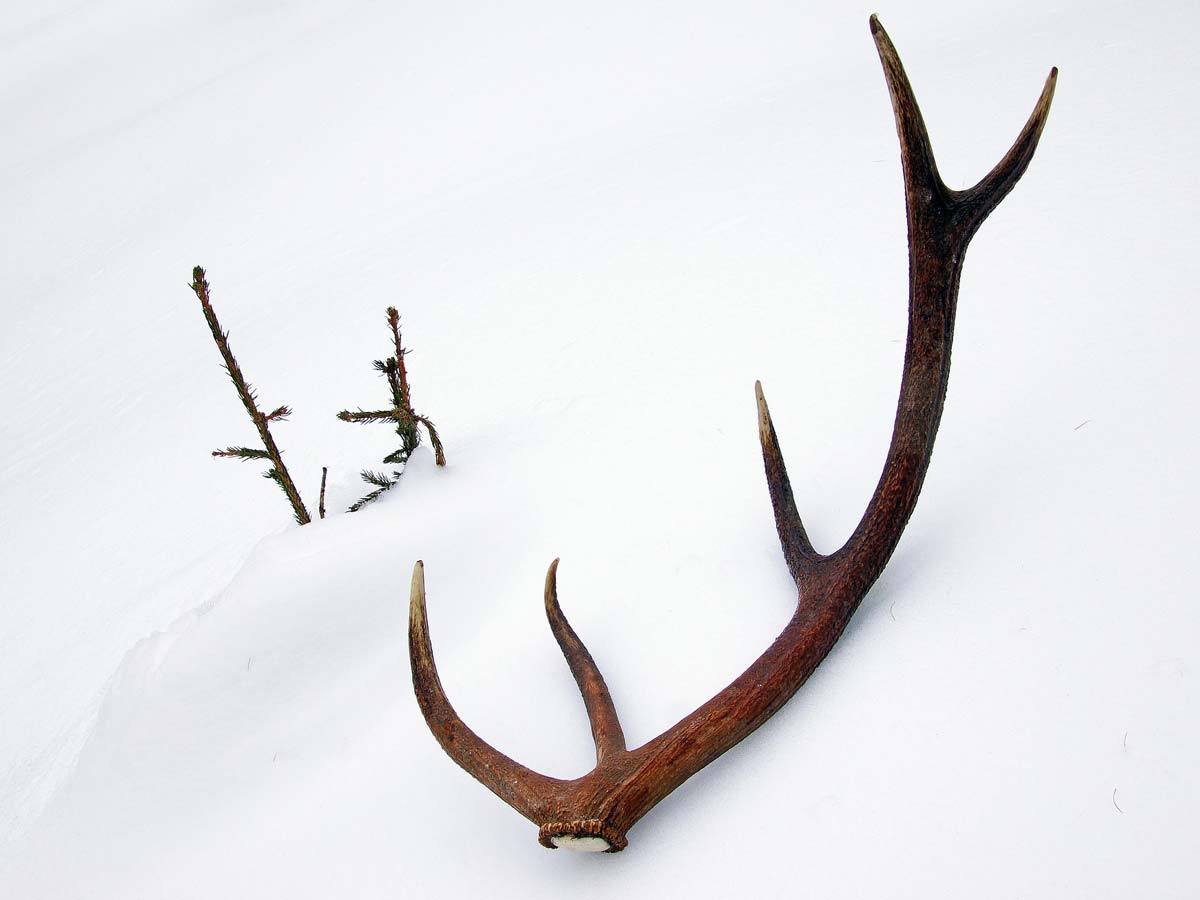
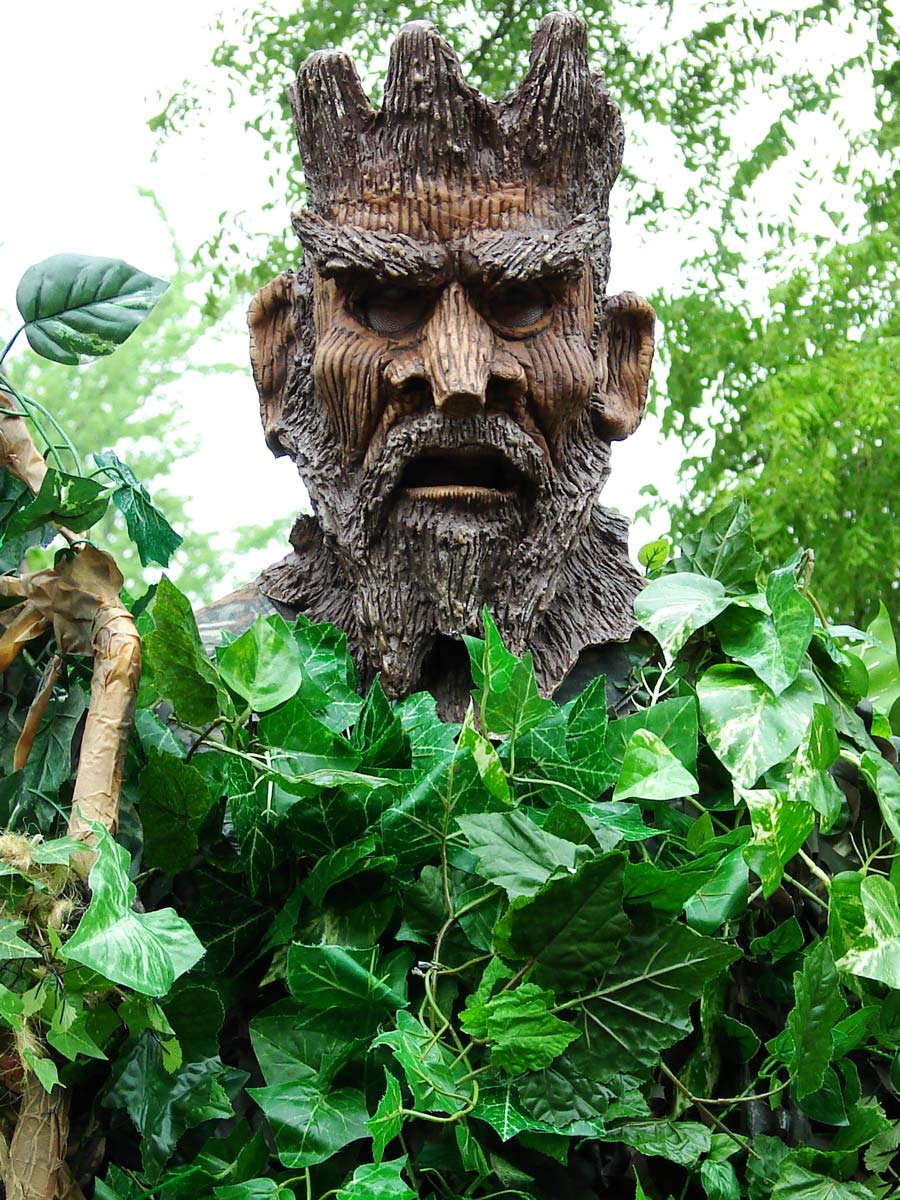
 Lyrics
Lyrics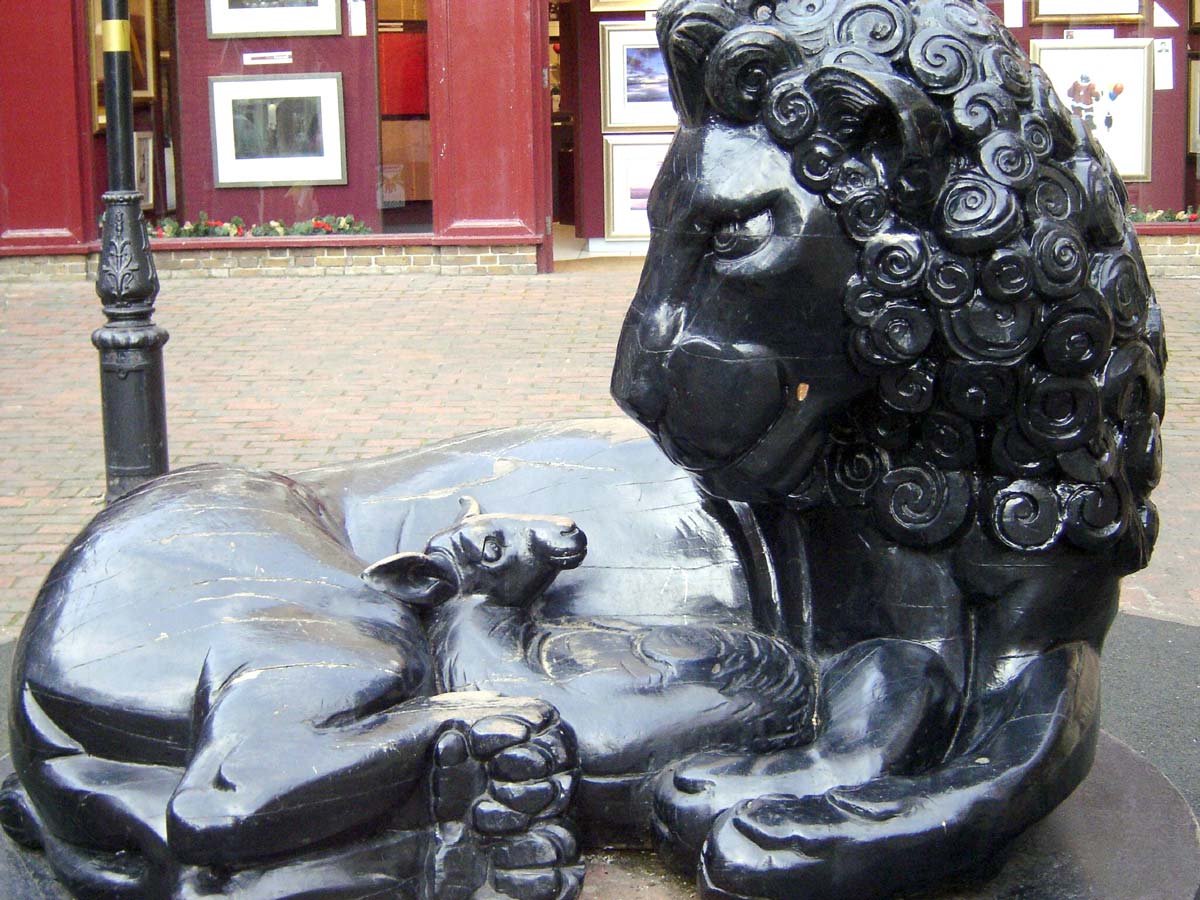
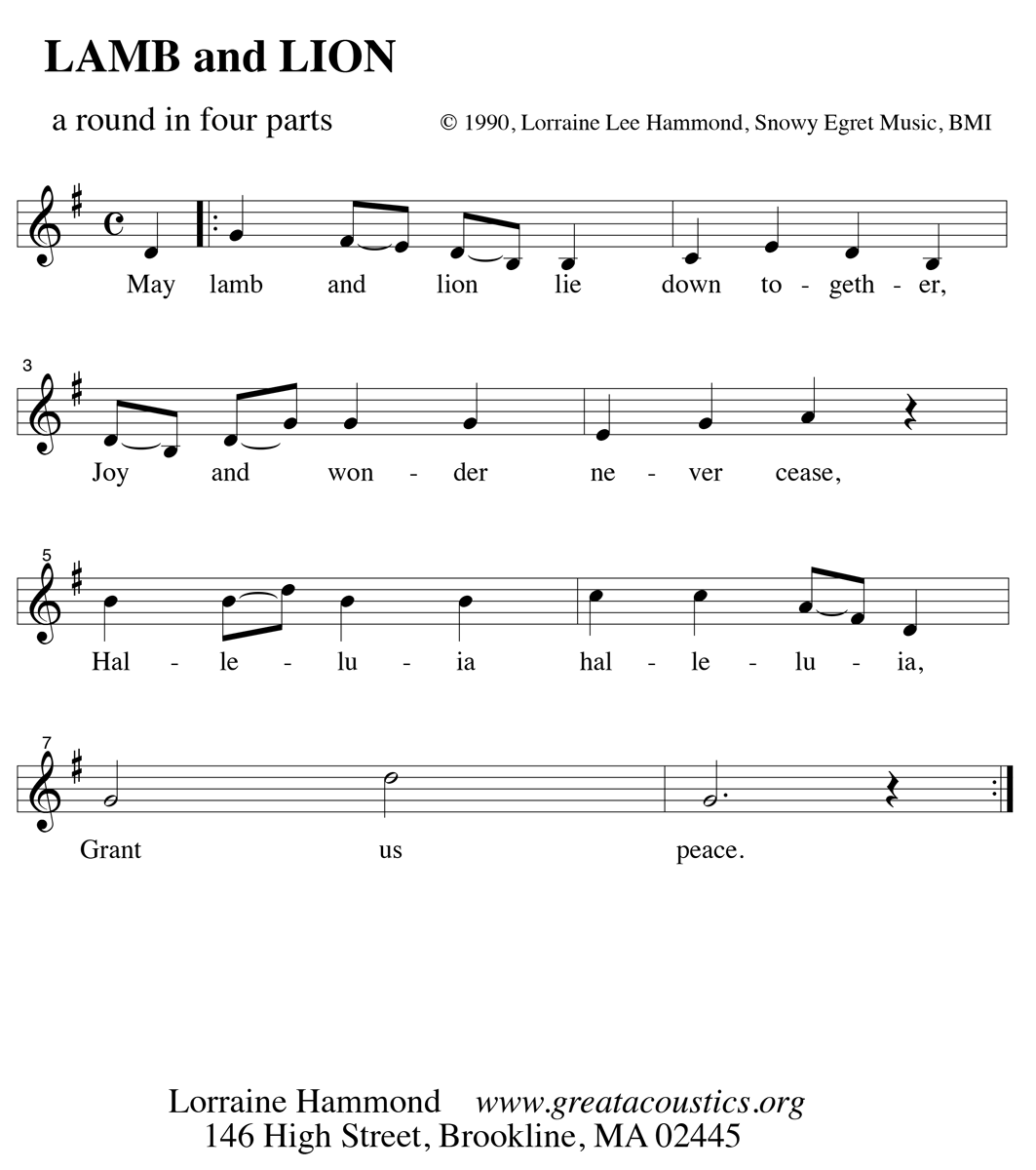
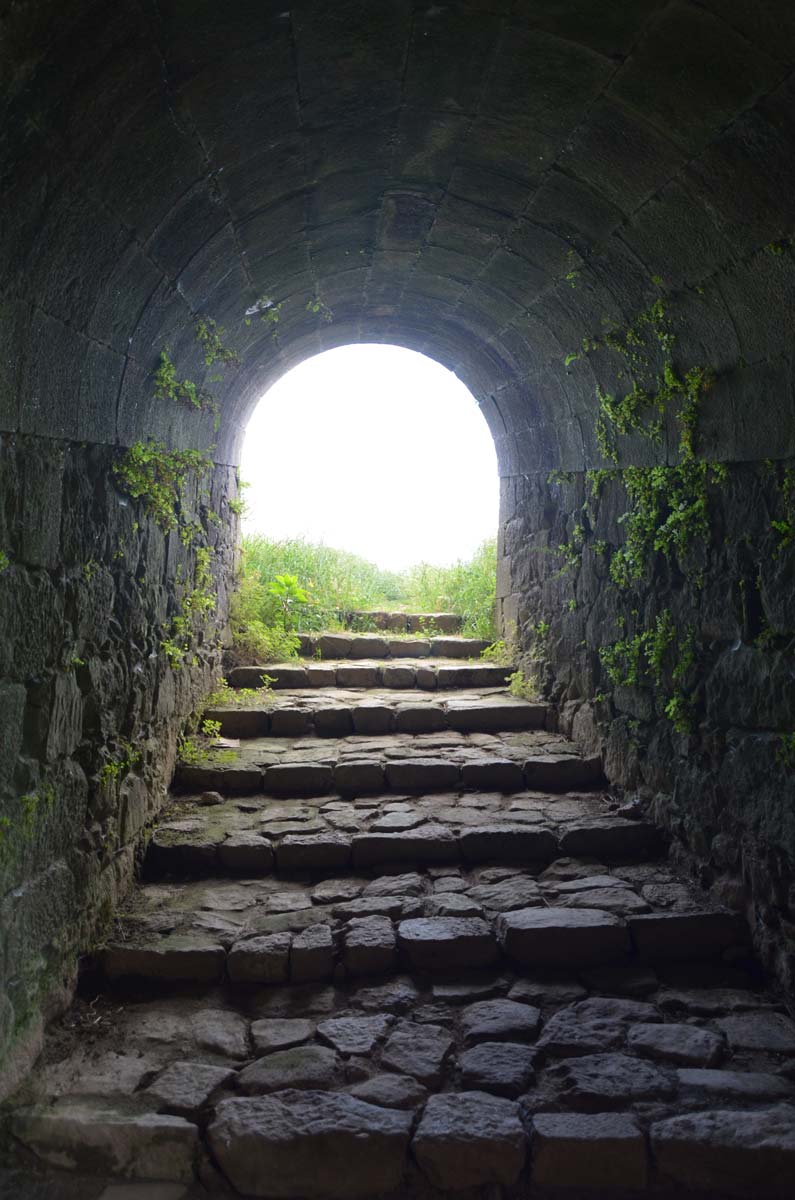
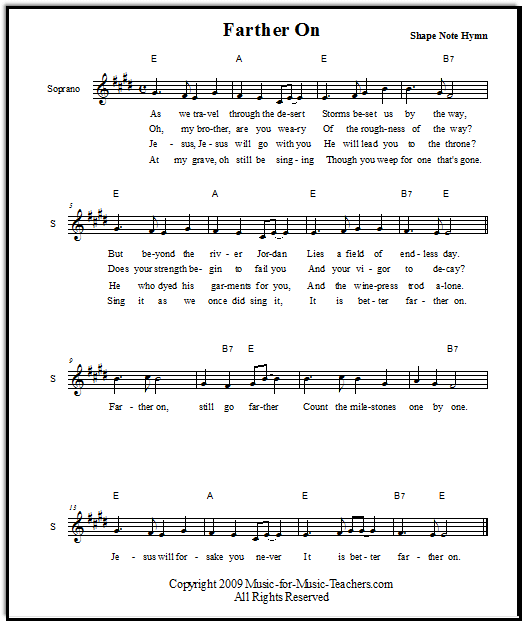
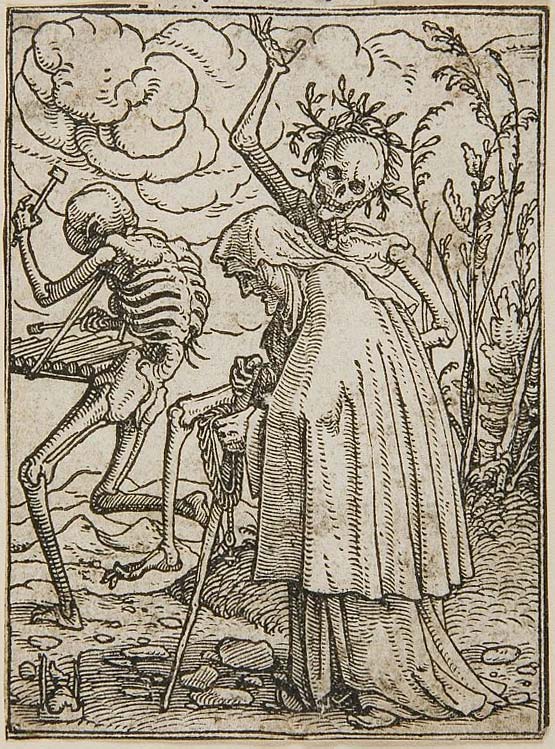

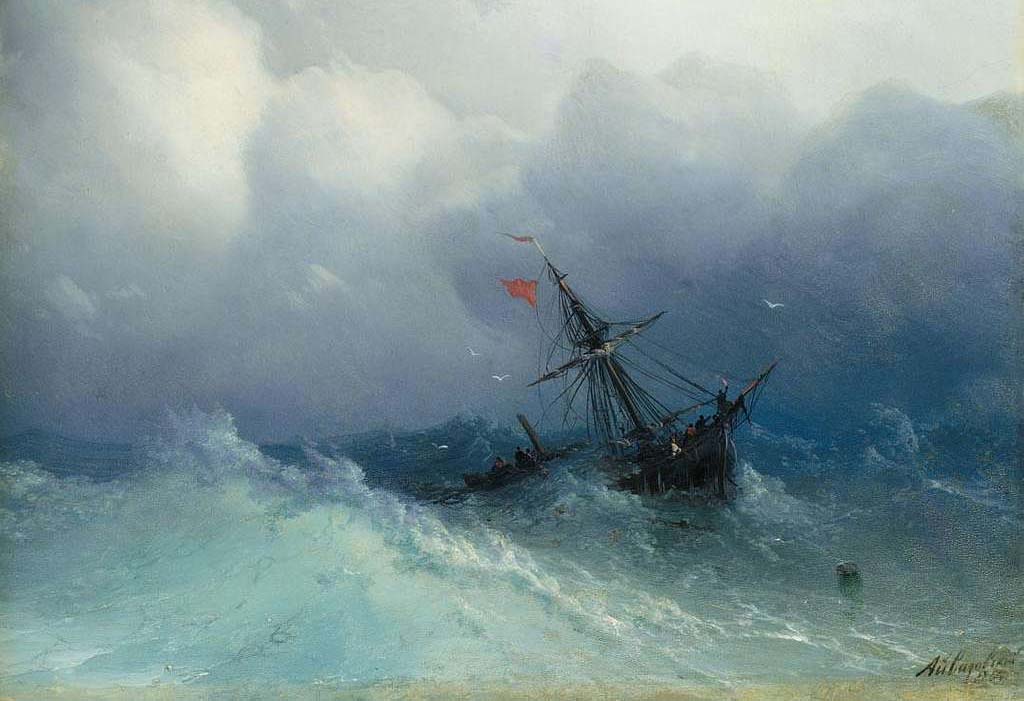
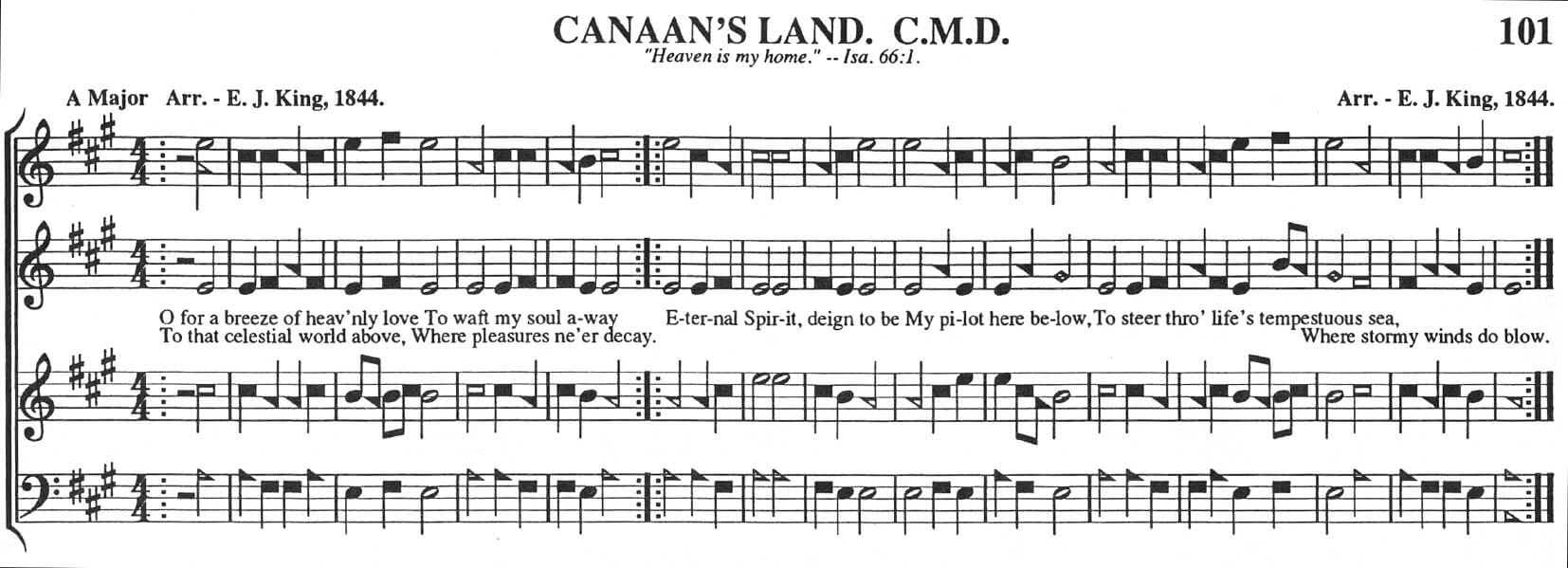

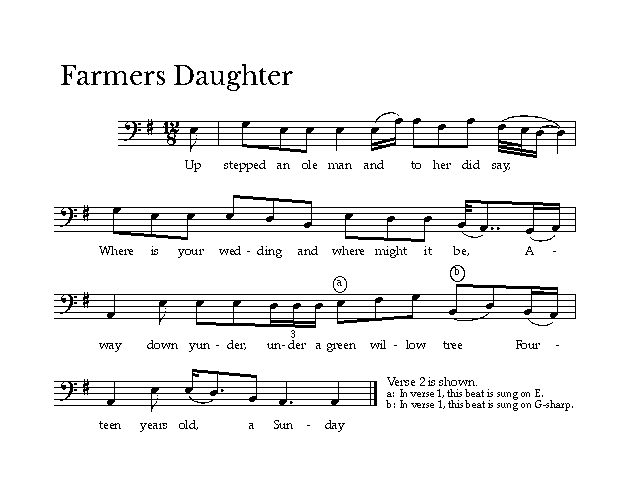
 Thanks to the Massachusetts Cultural Council for their generous support.
Thanks to the Massachusetts Cultural Council for their generous support.